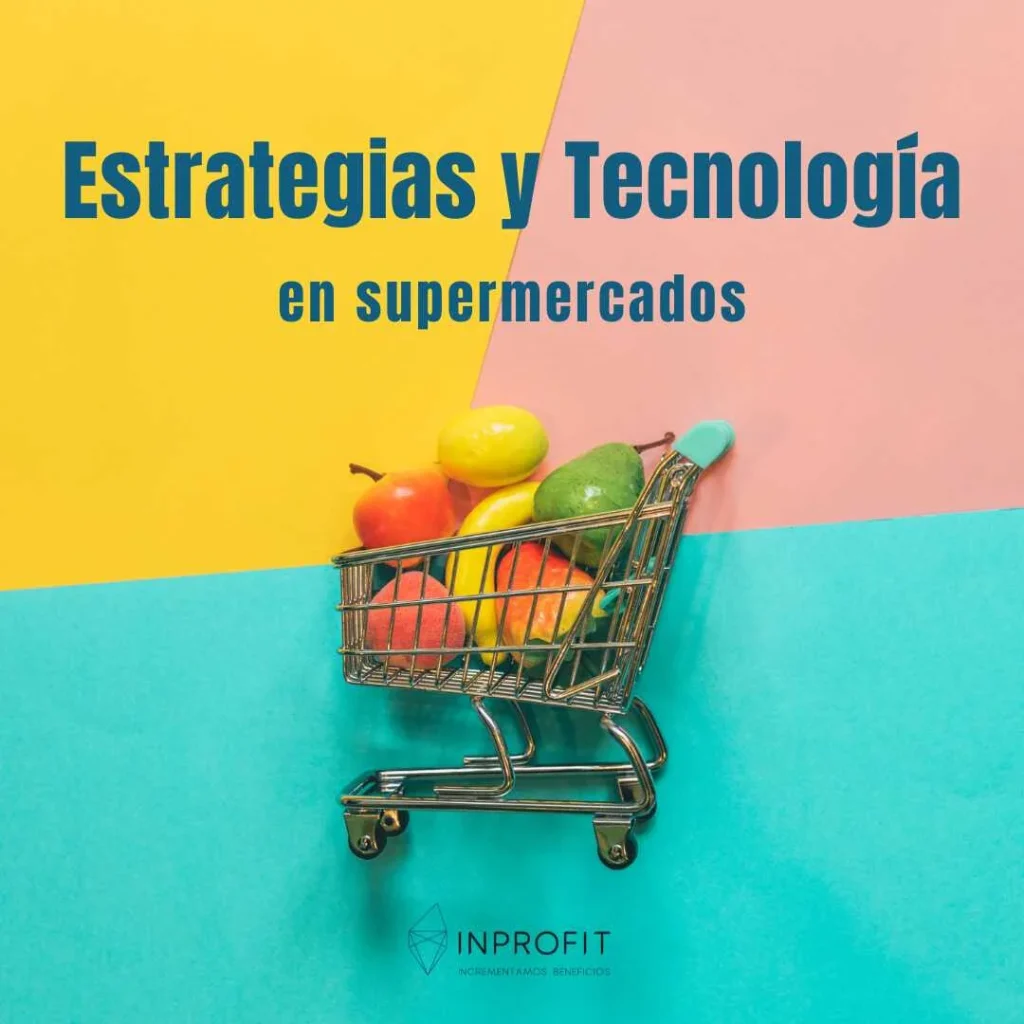From special offers to promotions and discounts, supermarkets use a variety of tactics to get us to buy more products. But what are these strategies and how do they work? In this article we will discuss the different techniques supermarkets use to get their customers to spend more money thanks to POS Marketing.
Most common marketing strategies in supermarkets
There are several types of strategies that can be very effective in driving sales, but it is important for supermarkets to understand their customers in order to offer the right promotions. Some of the most popular supermarket strategies are:
- Price promotions: Supermarkets use price promotions to make products more attractive to customers. These may be discounts, “buy one get one free” offers, or rebates on certain items. By offering these deals, supermarkets encourage people to buy more.
- Loyalty programs: Loyalty programs are designed to reward customers for their loyalty and encourage them to shop more often. They may include point systems, reward cards or special discounts only available to program members.
- Cross-promotions: Supermarkets often partner with other companies to offer “bundles or packages of discounted products”. This is an effective way to increase the visibility of various products and make them more attractive to customers.
- Tapas displays: supermarkets strategically place the most popular items in tapas displays, located at the end of each aisle, to draw attention to them.
- In-store promotions: Supermarkets can also use in-store promotions, such as samples, cooking demonstrations and product displays, to draw attention to their products.
- Endcaps: Another popular strategy is the placement of items at the end of each aisle (called “endcaps”). This serves both as promotional space and as a way to direct customers to particular products.
- Online promotions: Supermarkets also use online promotions, such as social media campaigns and email newsletters, to draw attention to their products.
- Items at checkout: Supermarkets often place items at checkout that are purchased on impulse, such as candy and magazines.
Neuromarketing applied to supermarkets
Neuromarketing is the use of neuroscience to better understand how people make buying decisions. It studies the subconscious reactions and emotions that can influence our decision-making process, such as smells, colors, music or images.
For supermarkets, neuromarketing helps create an environment that encourages impulse buying.
- Visual Neuromarketing: Supermarkets also use visual neuromarketing to create a compelling environment. For example, more expensive products are often placed at eye level to make them stand out from others and with attractive displays.
- Olfactory Neuromarketing: Olfactory neuromarketing uses scents to evoke emotions in customers and make them feel more at ease while shopping. Supermarkets often use bakery scents, which can be very effective in encouraging people to buy bakery products.
- Auditory Neuromarketing: Supermarkets often use music to create a certain mood, as it has been shown to have an effect on emotions and behavior. For example, slow music is often used to encourage customers to stay longer in the store and buy more items.
Neuromarketing can also influence store layout. Supermarkets often place items that are essential to daily life, such as bread and milk, at the back of the store so that customers have to walk past other products on their way. This encourages them to buy more than just the items they need.
Digital Signage in supermarkets
Digital signage is a way for supermarkets to communicate with customers in real time. It includes digital signs, displays and kiosks that can be used to display product information, promotional offers and advertisements.
Digital signage also helps supermarkets create an immersive shopping experience. For example, they can use it to show videos of cooking demonstrations or recipes to make customers feel at home. It can also be used to provide customers with product recommendations based on their shopping history or preferences.
With digital signage, supermarkets can create a personalized experience for each customer and increase sales at the same time.
Artificial Intelligence in supermarkets
Artificial Intelligence (AI) is being used in supermarkets to help improve the customer experience and increase sales. AI can be used to optimize product placement, inventory management, pricing strategies and marketing campaigns.
AI can also provide personalized recommendations based on customers’ past purchases, helping them find the products they need faster. Chat bots can also be used to answer customers’ questions in real time, helping them make more informed decisions.
AI-based analytics can also be used to gain insight into customer behavior and preferences, helping supermarkets develop targeted marketing campaigns and promotions.
Digital Marketing and Digital Transformation Agency
Technology, along with the strategies supermarkets use, have made it increasingly easy for them to influence customers’ purchasing decisions. Neuromarketing, digital signage and AI are just some of the ways supermarkets can create an immersive shopping experience and increase sales. By using these strategies effectively, supermarkets can increase their customer base and generate more revenue.
By combining these strategies, supermarkets can create a personalized experience for each customer, helping them find what they need more quickly and inspiring them to buy more products.
At Inprofit, we help our clients get the most out of their digital marketing and transformation efforts. We are experts in strategy, analytics, technology and design, helping them navigate the ever-changing landscape of customer behavior.
We help you better understand your customers and create effective strategies to drive sales. Request an online or in-person meeting to learn more about how to create effective strategies to drive sales in your supermarket.




